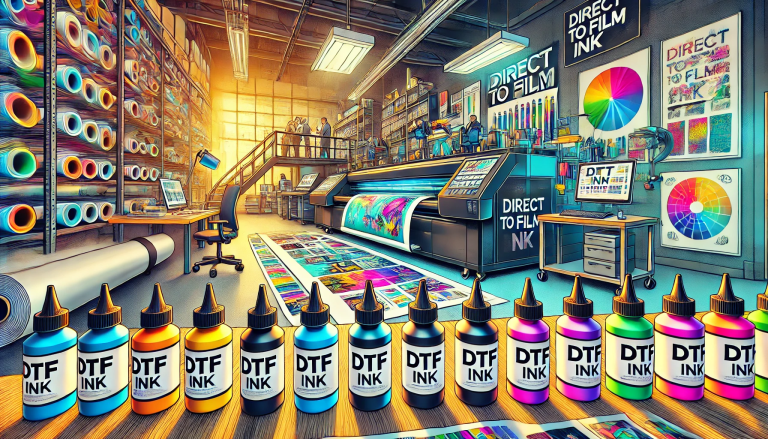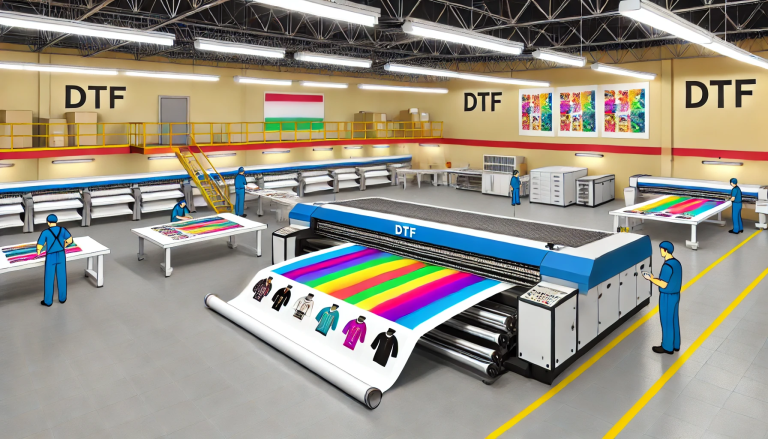“Unlocking the Potential of UV DTF Custom Transfers: A Comprehensive Guide” -MAXDTF- UV DTF Paper Factory, China UV DTF PET Film, Made in China
Introduction
The dynamic world of garment printing is no stranger to innovations. From the classic screen printing to the modern direct-to-garment (DTG) methods, printing techniques have seen a sea change. One of the latest entrants in this domain is UV DTF (Direct to Film) custom transfers, an advanced technology that uses UV (Ultraviolet) light to cure prints onto a wide variety of substrates. This blog post aims to unpack the concept of UV DTF custom transfers, touching upon what it is, the process, benefits, applications, and tips to maximize its use.
Part 1: What are UV DTF Custom Transfers?
UV DTF custom transfers are a revolutionary form of printing that use UV-curable inks in a DTF (Direct to Film) process. In a nutshell, the UV DTF technique involves printing a design onto a special film before transferring it onto the substrate of choice. The printed design is cured, or ‘set’, using UV light, making it highly durable and resistant to external factors like sunlight, water, and wear-and-tear.
This process can be used to print complex, full-color, high-resolution designs onto a wide array of materials, ranging from fabrics to ceramic, metal, and even glass. It’s customizable nature makes UV DTF custom transfers an ideal choice for creating unique, personalized items.
Part 2: The UV DTF Custom Transfer Process
The UV DTF process is intriguing yet straightforward. It commences with the creation of a design using graphic software. Once the design is ready, it is printed onto a special transfer film using a printer equipped with UV-curable ink.
The design on the film is then exposed to UV light, which instantly cures the ink, making it hard and durable. Once cured, the design can be transferred onto the desired substrate using a heat press. This process bonds the design firmly to the substrate, resulting in a vibrant and long-lasting print.
Part 3: Benefits of UV DTF Custom Transfers
UV DTF custom transfers bring a wealth of benefits to the table:
- Versatility: One of the standout advantages of UV DTF is its ability to print on a multitude of surfaces, including fabrics, metals, ceramics, glass, and more.
- Durability: The use of UV-curable ink ensures the printed design is incredibly durable, resistant to fading, and able to withstand the elements.
- High-Quality Prints: UV DTF can produce intricate, high-resolution designs with vivid colors and sharp details.
- Quick Curing: The UV-curing process is almost instantaneous, allowing for faster production times compared to traditional printing methods.
Part 4: Applications of UV DTF Custom Transfers
UV DTF custom transfers have found applications across various industries due to their versatility and high-quality results:
- Apparel: From T-shirts to jackets, UV DTF can create detailed, durable prints on various types of fabrics.
- Signage and Banners: UV DTF’s resistance to sun-fading makes it ideal for creating outdoor signage and banners.
- Promotional Products: Items like mugs, keychains, and tote bags can be personalized using UV DTF custom transfers.
Part 5: Tips for Maximizing UV DTF Custom Transfers
- Design Considerations: Use high-resolution images for your designs to ensure the final print is crisp and vibrant.
- Proper Curing: Make sure your UV light source provides adequate coverage to the entire design for even curing.
- Cleaning: Clean the substrate before transferring the design. Dust or oil can interfere with the transfer process.
- Testing: Always test a new material or design before proceeding with a large print job to ensure quality and adherence.
Conclusion
UV DTF custom transfers mark a significant stride in printing technology. With their ability to print on diverse substrates, unmatched durability, and high-quality prints, they offer an effective and versatile solution to meet your varied printing needs. With an understanding of its process, benefits, applications, and the best practices, you can make the most out of this exciting innovation in the printing industry.




